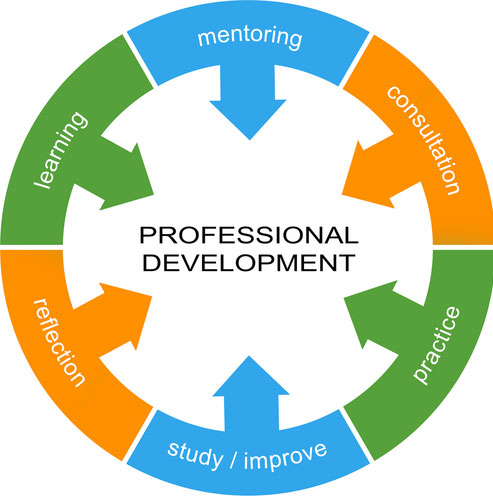Introduction
In a booming US economy with unemployment rates down to near 49-year lows, yet with even greater business challenges, it is becoming increasingly important that both employers and employees are in a “Win-Win Relationship”. “Win-Win Relationships” are best manifested by active employees’ engagement and businesses’ ability to retain its employees. Both of these factors are being measured – and in many cases, carefully managed. Yet at the same time, both of them are in jeopardy, more than ever before. It is not a secret that, collectively, engagement and retention cost the US economy between $450 – $550 billion in lost productivity per year (Gallup). It is also not a secret that most companies have little to no success in improving their engagement and retention with the same process and initiatives they have ran for the past 20 years.
Problem
The Gallup Organization, an American research-based, global performance-management consulting company known for its public opinion polls conducted worldwide, reported in 2017, that a staggering 87% of employees worldwide are not engaged. Even more concerning is, according to the same ongoing research lasting 30 years with more than 30 million employees, is that many companies are experiencing a crisis of engagement and they are not even aware of it.
It is important to mention that the companies included in this research represent a vast number of industries and employees from all levels within each respective organization. Furthermore, it is interesting to note that from both groups of employees – those that were highly engaged and those that were disengaged, did not discriminate their responses based on their company’s benefits.
With the employees’ engagement low, it is expected to see something else that is also low – employees’ retention. In fact, the Burau of Labor Statistics issued a report on September 20th, 2018 stating that the median number of years that wage and salary workers had been with their current employer was 4.2 years. This rising trend, especially in the younger workforce, is bound to create problems for many businesses, regardless of their size, industry, or geographical location.
Solution
What is the one thing that differentiates the employees are that highly engaged from those that are not engaged? Gallup research reports that the answer is: professional development. This seems to be the single most important differentiator, across the board, regardless if the employees are individual contributors, project managers, or people leaders.
Furthermore, in January 2018, LinkedIn published their own research report stating that the second most common reason for employees leaving their employers is lack of professional development. This is a big jump knowing that just a year before, the same research reported that the professional development was 8th overall reason for employees leaving their employers.
“When Memphis Mayor Jim Strickland took office in January 2016, he believed tax breaks were the most important part of the city’s economic development. But, in the years since he was elected mayor, he discovered that wasn’t the case. It’s the workforce.” ~MBJ
For those businesses that want to increase engagement and improve retention, the solution is very simple – help your employees create and execute their EXECUTABLE Professional Development Plans (eIDP). Businesses should actively implement or improve programs, by internal or external subject matter experts, to help them drive and act on the results of those personalized development plans.
Results
When companies have effective programs in place that help their employees create and execute their EXECUTABLE Individual Development Plans (eIDP), it is then when they experience higher engagement and retention than their competitors. In those cases, the employees truly feel that they can reach their full potential and achieve their career objectives by working for those employers, and, with that help the employers, drive consistent and improved business results.
As a matter of fact, the businesses with highly engaged workforces outperform their peers by 147% in earnings per share, all while maintaining higher retention (Gallup.) On top of that, they experience higher morale, better recruitment, and an overall improved business brand.
Next
Think about it, you can spend your dollars on anything from communication skills to management techniques or you can spend them on developing your employees – your greatest assets. By doing so, businesses will not only have workforces that are highly engaged and retained, but also those that deliver business results 147% higher than otherwise.
“We cannot solve our problems with the same thinking we used when we created them.” ~Albert Einstein
Through continuous improvement, businesses will furthermore be able to solve the problems that they may not know exist yet. They will be able to prevent those that their competitors will experience in their future. As a leader in business (and any organization for that matter), it is your responsibility to act now – to asses your current professional development program, find ways to improve it, and most importantly enable your employees to create and execute their executable professional developments plans so that they can reach their full potential and achieve their career objectives (without leaving!).
Conclusion
Businesses (and organizations of any kind), are having a staggering problem that is costing them money, productivity, morale, and valuable brand potential. The problem is well known – lack of engagement and retention of their employees (especially high potential employees). While there are many ways these organizations are trying to solve this problem, the research from Gallup and LinkedIn shows that the most promising solution lays in effective employees’ professional development programs. These programs truly motivate employees to create and execute plans that will help them reach their full potential and achieve their career objectives – and by extension improve the business results. This creates the “Win-Win” situation both employers and employees at any level.
